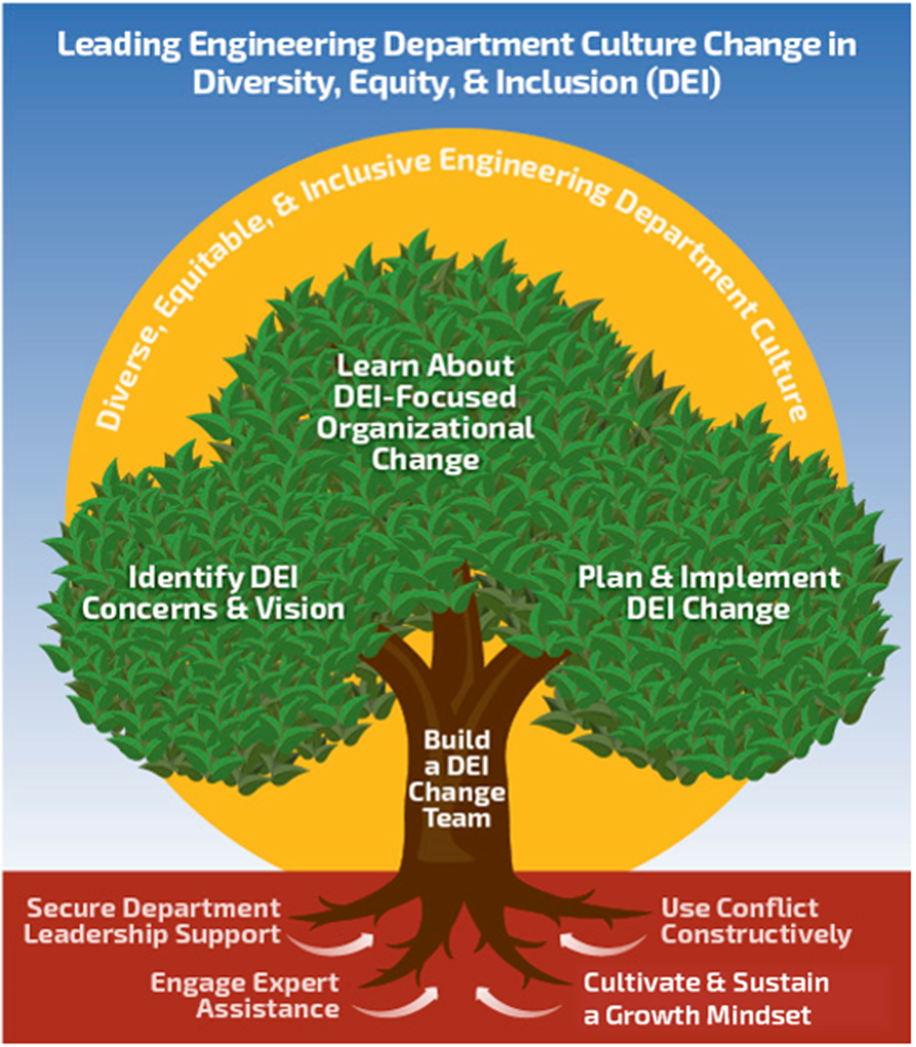How do we go about setting up good virtual meeting norms (especially in a coronavirus-induced quick move to virtual meetings)?
Well, let’s start with this: what does a good virtual meeting look like? The purpose is appropriately defined, the right people are there, critical preparations have been done, everyone is ready and able to engage (listen and make positive contributions), the meeting time and format supports the needed activities, and follow-up is clear. That is, it looks a lot like a good in-person meeting.
Unfortunately, not all of us have mastered the art of good in-person meetings. And, virtual meetings have their own unique qualities, which can shake out as benefits and/or pitfalls.
If you are gathering a team/group that will be working together for some time, it is worth spending time defining your group norms – that is, rules of engagement for your group to work optimally together. For norms to work, participants have to stand behind them. If they are imposed, folks are likely to rebel.
There are many lists of virtual meeting norms out there, of course (see references below for a few). The purpose of this post is not to tell you what to do, but to look at some of the considerations so you – in collaboration with your group – can decide how to work together.
Principles:
- ground rules, or norms, are important because they support the meeting leader/facilitator to guide the process of the meeting
- many good in-person meeting norms also work well in virtual meetings
- logistics and technology of virtual meetings deserve special consideration
- build diversity, equity and inclusion in from the start – both because it is good practice in the shorter term and because it will help you develop the very best and most productive meetings in the longer-term
Work with technology to support connection, but don’t rely exclusively on it
Turn on video when you can. As others note, it does humanize interactions. It allows us to see each others’ responses and emotions. This is also, incidentally, a more efficient mode of communication: less need to rely on verbal reports of how people feel.
However, consider that not everyone will be able to connect via video. Some may not have sufficient bandwidth, others may not have the right equipment. Still others may be much more able to engage with only audio, or even chat. It is possible to engage all these participants productively, if the meeting is well facilitated.
Also consider that the visual cues we rely on in an in-person setting may be absent or harder to read in a virtual meeting. We’ve found that it is harder for participants to tell when others are attending to them.
Related resources:
- How to Run a Great Virtual Meeting (HBR): https://hbr.org/2015/03/how-to-run-a-great-virtual-meeting
Develop skilled facilitation
What does facilitation mean in this context? It means monitoring and guiding the process of the meeting. We often pay more attention to the content of meetings, and ignore the process. Skilled facilitation helps a meeting stay on track (avoiding various less-relevant rabbit holes) and supports meaningful contributions (for example, managing those who like to dominate meetings in such a way that both they and the quieter ones can participate).
To make sure participants can contribute, build in norms around speaking and facilitation. Does someone in your group have facilitation skills? If so consider asking that person (or those persons) to facilitate virtual meetings. If not, encourage people to develop the skill, and/or add a facilitator to your meetings. This also enables the organizer/meeting lead to focus on content rather than process.
Note that virtual meetings have additional channels and functions that we can use for communication. Relatedly, then, facilitation of virtual meetings requires additional skills. In particular, you must work with the technological platform to guide participation. In Zoom, for example, you might make use of the “raise hand” function to know someone wants to contribute, or use chat to gather questions or comments.
Related resources:
- How to Facilitate Discussions (a UCSD resource): https://blink.ucsd.edu/HR/training/instructor/tools/discussions.html
- 11 Ways to Facilitate Great Conversations: https://coachingforleaders.com/facilitate-great-conversations/
This is a good overall-approach list to inform virtual meeting norm consideration, though some of the specifics seem more oriented toward more community/social discussions than meetings per se. - Liberating Structures: http://www.liberatingstructures.com/design-elements/
Insight into structural elements that drive how a meeting turns out
Be aware of biases and differences
HBR’s 2016 article looks at how to run meetings that are fair for introverts and women. It names some very helpful considerations and ways to improve dynamics.
However, there are additional ways biases and differences may play out in meetings. For example, some cultural differences end up allowing certain people to dominate the conversation even when others have important contributions. For example, some people are culturally perfectly ok with interrupting others and continuing to talk until someone else interrupts them; some are not. This is a perfect setup for that first group to dominate the conversation.
Racial bias, role bias (“only faculty could possibly have anything worthwhile to say on this topic!”), gender bias, and any other bias you can imagine can also guide meeting dynamics in subtle (or not-so-subtle) ways. And technology can exacerbate this, if for example differential access to technology aligns with any of those biases.
Consider how biases and differences might affect, and reduce productivity in, your meetings. Consider also how these may create divides that will only build over time. Consider how technology might exacerbate these, and how it could be used to reduce or eliminate them. And then develop norms to create the kinds of interactions you actually want.
Related resources:
- Run Meetings that Are Fair to Introverts, Women, and Remote Workers (HBR): https://hbr.org/2016/04/run-meetings-that-are-fair-to-introverts-women-and-remote-workers
- To Build an Inclusive Culture, Start with Inclusive Meetings (HBR): https://hbr.org/2019/09/to-build-an-inclusive-culture-start-with-inclusive-meetings
Create an environment where participation is more appealing than escape
Have you ever been in a meeting where your only contribution was scorned, or where someone else was given credit for your idea? How appealing is it to continue to participate in those kinds of meetings? And how easy is it to convince yourself that your email is much more urgent than keeping your attention in the meeting?
This can be even worse in virtual meetings, in part because it is even easier to tune out in them.
Consider what makes participation appealing, and build norms around that.
Related resources:
- 9 Best Practices for Engagement in Virtual Meetings: https://www.nten.org/article/9-best-practices-engagement-virtual-meetings/
- To Build an Inclusive Culture, Start with Inclusive Meetings (HBR): https://hbr.org/2019/09/to-build-an-inclusive-culture-start-with-inclusive-meetings
- 6 Quick Ways to Be More Inclusive in a Virtual Classroom: https://community.chronicle.com/news/2379-6-quick-ways-to-be-more-inclusive-in-a-virtual-classroom. Though this article doesn’t speak directly to virtual meeting norms, it does address differences in ways people engage and learn virtually, and gives some good suggestions for working with them. This applies to meetings, too, though we sometimes don’t think of them as learning spaces.
If you’d like support in creating virtual meeting norms for your group…
And, finally, if you need or would like support in this process, contact us. We may be able to help directly, and/or we can point you toward other resources or people who can help.
Additional Virtual Meeting Resources
- Example Zoom protocols. A Word doc with a walk through considerations around meeting/session setup, along with checklists.
- Zoom resource page. Resources for participating in Zoom meetings.



